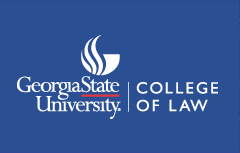Document Type
Article
Abstract
The last Amendment included in the Bill of Rights, the Tenth Amendment, states: “The powers not delegated to the United States by the Constitution, nor prohibited by it to the States, are reserved to the States respectively, or to the people.”1 Employed as a tool to invalidate statutes2 and also interpreted as a “truism,”3 ultimately the Tenth Amendment has largely been regarded as an Amendment which explicitly secures what the Constitution sets forth in its structural framework: that the United States government is a federalist system, meaning that it is one of shared powers between the national government and state governments. However, a closer examination of the Amendment reveals that a portion of the Tenth Amendment—specifically, its last three words, “to the people”—is conspicuously absent from the Supreme Court’s treatment and analysis of the Amendment. Additionally, people is not the only reference to individuals in the Constitution. The Constitution is written in terms of people and citizens, which generates the question: how were those two words used differently during the Founding Era?
This Article addresses the background and historical context of the people as used in the Tenth Amendment; prior research on the word people as used in the Tenth Amendment and the research question for this Article; the corpus methodology for analyzing this research question; and a comparative analysis of the words people and citizens.
Recommended Citation
Abigail Stout, Diana Coetzee & Ute Römer,
"We the Citizens?": A Corpus Linguistic Inquiry into the Use of "People" and "Citizens" in the Founding Era,
36
Ga. St. U. L. Rev.
665
(2020).
Available at:
https://readingroom.law.gsu.edu/gsulr/vol36/iss5/10
